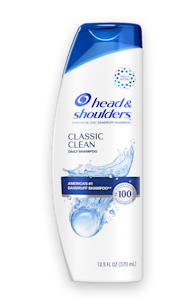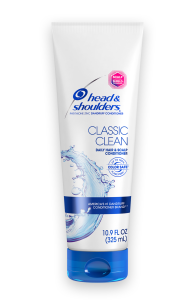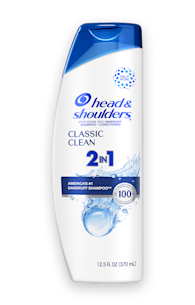SYMPTOM CHECKER: TINEA CAPITIS OR DANDRUFF?

Dandruff and tinea capitis share many common traits, but they are very different conditions. Our guide helps you spot the difference.
Itchy scalp, scaly irritated skin, inflammation on the head. These symptoms describe both dandruff and tinea capitis.
But as much as they are alike, there is a lot that separates them.
What is dandruff?
Dandruff is caused by the Malassezia globosa fungus. This yeast-like fungus is present on all of our bodies, living atop the skin and doing nothing more harmful than consuming the natural oils from our skin.
Unfortunately, one of the by-products of Malassezia globosa’s diet is oleic acid. A large portion of the human population is sensitive to oleic acid, so its presence triggers symptoms that include:
itching
dry flakes in the hair and on the scalp
a red, irritated scalp
Happily, treating dandruff isn’t too hard. Using a dandruff shampoo regularly – ideally every wash, but at least twice a week- is all it takes to fight dandruff and keep it away in the future.
What is tinea capitis?
Tinea capitis, on the other hand, is not so forgiving. Like dandruff, tinea capitis is caused by a fungus – in this case, it’s a mold-like fungus from the dermatophyte family.
Unlike Malassezia globosa, tinea capitis is a fungal infection of the top layer of skin, and can be contracted through contact with others suffering from the problem. This includes other people, animals, or even objects that have come into contact with those suffering from it.
The symptoms of the condition include:
bald spot(s), with black dots where hair has broken off
round areas of scaly skin that become red and inflamed
tender and painful areas on your scalp
itchy scalp and hair loss
Clearly, this condition can be a bit more severe than dandruff, and the treatment reflects that.
Treating tinea capitis
If you’re not sure whether you have dandruff or tinea capitis, your best bet is really to go straight to the doctor.
The reason for this is that tinea capitis, left unchecked, can become a truly unpleasant condition. While you can use a dandruff shampoo for two weeks to first rule out dandruff, it’s better to first rule out tinea capitis if you think it might be a possibility.
If it turns out you do have tinea capitis, your doctor will be able to prescribe oral anti-fungal medication to kill the infection. They’ll also be able to give you an anti-fungal shampoo. While this won’t kill the fungus on its own, it will help stop the spread of the infection.






